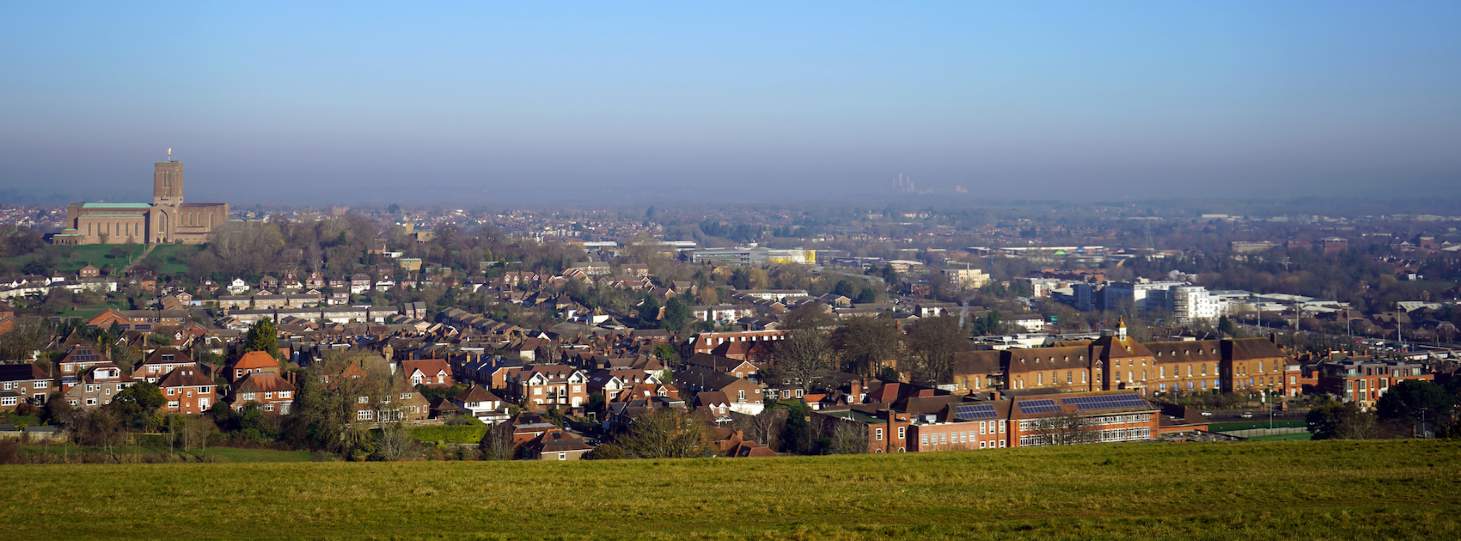As affordability bites in the Guildford housing market, it’s clear that in common with surrounding local authorities there simply hasn’t been enough housebuilding in recent years.
If the borough is to maintain economic growth, challenging the likes of leading competitors Oxford and Cambridge and keeping ahead of the pack, things have to change not only in terms of housing numbers but also mix.
Nearby Woking has shown the way with the highest rate of new homes. Constrained by the Green Belt, it has chosen to intensify land use within the town centre, with multiple towers currently under construction up to 35 storeys high.
But there’s little appetite for high rise in Guildford – indeed a number of proposals have seen heights reduced to get through planning – and the focus is shifting towards accommodating growth by taking a more pragmatic approach to the Green Belt which currently comprises 89 per cent of the borough.
Guildford’s recently adopted Local Plan proposes releasing around one per cent of the local Green Belt and it’s not alone. Neighbouring Waverley has also sought to garner some Green Belt ground, partly to protect the more sensitive parts of AONB.
Runnymede is looking for a modest slice, soon to be followed by Elmbridge’s emerging plan. The options consulted on include potential releases in areas deemed to be of lower quality Green Belt. And Surrey Heath will decide on the exceptional circumstances for any Green Belt release in January 2020, knowing that the alternatives could be development closer to the environmentally sensitive Thames Basin Heaths SPA.
National government is keen to protect the Green Belt and will continue to defer the decision to local authorities which also have to promote growth and sustainable patterns of development.
The Guildford Local Plan, which is currently under Judicial Review, sets out a housing land supply of almost six years (5.93 years) which is a vast improvement on the previously estimated two and a half years (2.5 years) and is clearly a positive step on the route to much-needed new stock.
A number of large strategic sites have been allocated for housing. However, for these to deliver, infrastructure improvements that potentially include two new railway stations as well as road upgrades will be required.
Further information
Read more: Guildford: Driving Surrey










.jpg)